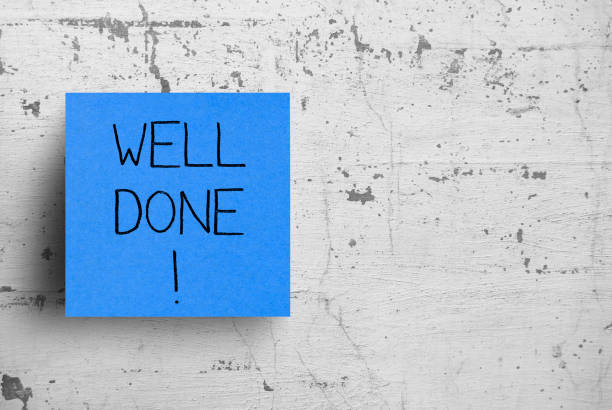January is the month of New Year’s resolutions and good intentions. Many of us strive to be a little bit better at something than we were before. Maybe we vow to be better at time management – to get and use a planner, to not procrastinate as much, or to start papers and projects early. The problem with resolutions, no matter how well intended, is that most of our behavior is based on unconscious habits. In order to really make a new habit stick or to change an old one, we have to make our behavior more conscious.
The brain likes to be efficient and thus repeated behaviors become automatic habits. This default towards efficiency means you can sail through your morning routine of showering and getting dressed on autopilot and still have brain capacity left over to think about your upcoming day. Bad habits are hard to break because we’ve stopped making conscious decisions about what we’re doing. We just automatically do it. For example, when our phone alarm goes off in the morning that noise serves as a cue to pick up the phone to turn off the alarm. If you, like me, then spend the next 30-40 minutes looking through your newsfeed, that is an automatic behavior triggered by the alarm. The reward for 30-40 minutes of scrolling is a sense of being informed about the day. Did anyone text overnight? What are the breaking news stories? I’m sure if I didn’t automatically scroll through my newsfeed every morning, I’d be out the door much earlier.
This cycle of cue, routine, and reward is what Charles Duhigg, author of The Power of Habit, calls the habit loop. Becoming consciously aware of these three elements can help you form new habits or change old ones. To form a new habit, first think of the benefits of changing your behavior. What is it that you want to start doing? What are the long-term pay offs? Then think of a cue that will capture your attention at the moment you are most likely to take action. A cue can take various forms. It can be something visual like seeing your planner on your desk or it can be an action like coming back to your room after a long day of classes. Then think of the reward you’ll get for doing the routine or behavior triggered by the cue. If seeing your planner on your desk triggers you to spend a few minutes prioritizing your tasks for the next day, the reward might be a sense of calm or a feeling of being in control. Eventually, you’ll start craving that sense of calm and control as soon as you see your planner and will automatically pick it up to organize your day.
To change a habit, keep your familiar cues and rewards but change your routine. For instance, for many of us, coming back home after a long day is often a cue to flop on the bed or couch and just relax “for a few minutes” before tackling something else. The reward is a feeling of relaxation. However, “just a few minutes” often expands into an hour or more and suddenly we wonder where all our time went. What if we kept the cue of coming home after a long day and the reward of relaxation but changed the routine? Other activities that aren’t such time sponges like taking a shower or making a cup of tea can be inserted into the habit loop and eventually make us more productive.
As this new semester gets underway, start paying attention to your cues and rewards to change your habits. Anticipate the rewards – a feeling of satisfaction after checking items off a to-do list, a smoothie after a workout – as these cravings will push you to get stuff done. Finally, believe that you can change your habits or make new ones stick. Because you can.
Staff Writer: Julianne Reynolds

